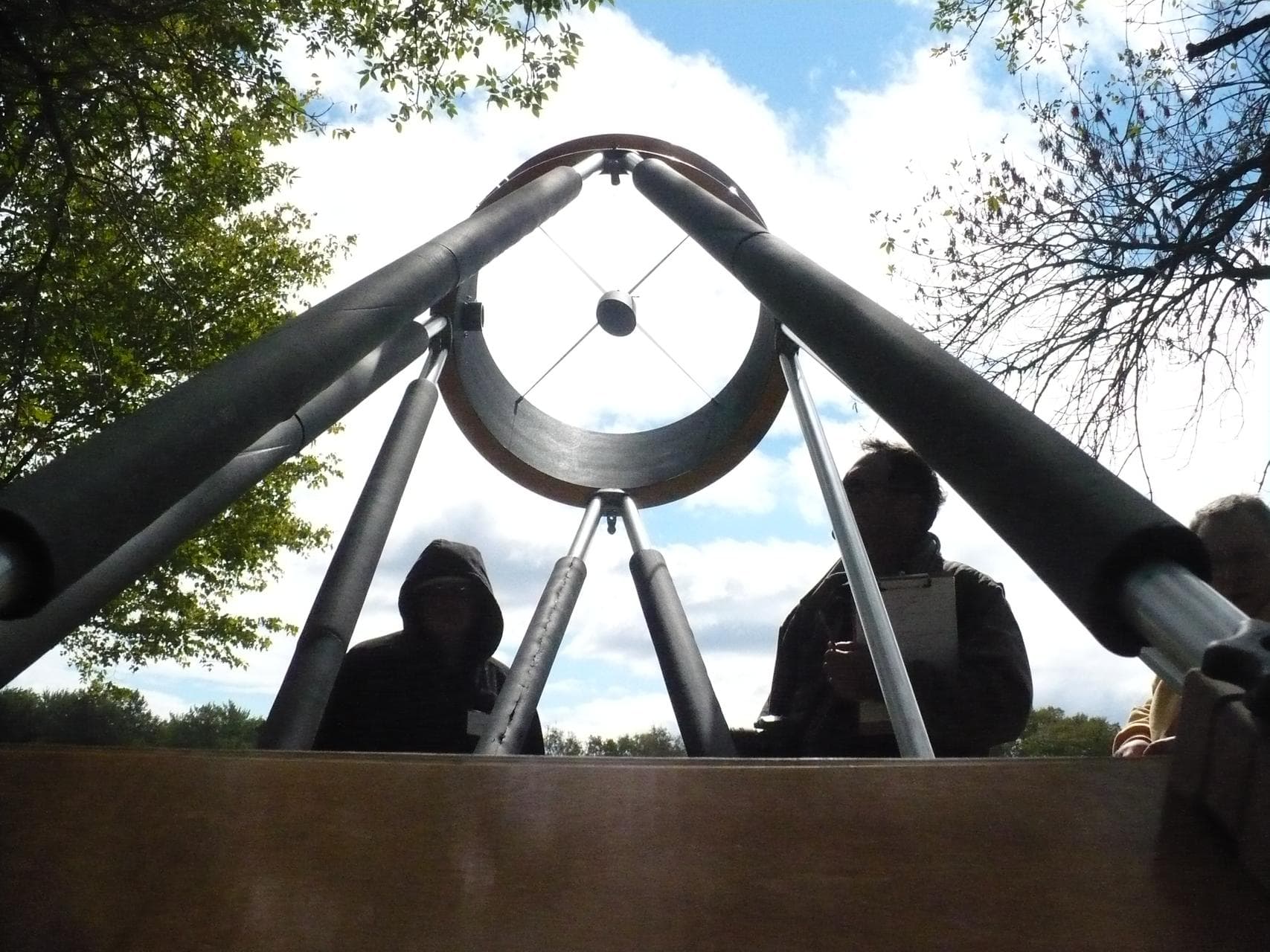Telescope Basics
Equipment
On this page you will find videos that help amateur astronomers understand and use their equipment more effectively. The first six videos will take you through the very basics of telescopes; types of amateur scopes, how to calculate magnification and more. Further down there are two videos; one about aligning and the other about how to use an equatorial mounted telescope, written so beginners can understand this type of mount, as they do make it easier to track and follow objects in a telescope. And don't miss the planisphere video at the bottom - one of the least expensive but most useful tools for a beginners!
If you or someone you know is interested in getting started in astronomy, these videos are a good place to start. ALSO, don't miss the Stargazing Basics videos, which will help you get acquainted with basic sky directions, terminology, and how to find things more easily.
NOTE: All six of the Telescope Basics astronomy videos on this page are closed-captioned, and can be translated into 58 different languages for viewing by many different viewers, including those who are hearing-impaired.
Telescopes Basics 1: Types of Telescopes
This video (or read about it here) covers the three basic types of amateur telescopes today: Refractors, reflectors and compound-style scopes, or catadioptric. Find out how each is designed, and what the advantages and disadvantages are of each for the amateur stargazer.
Telescope Basics 2: Magnification / Focal ratio
This video (or read about it here) walks the viewer through the calculations of magnification for telescopes, as well as how to calculate the focal ratio of a given telescopes. These calculations will help the user understand how to choose eyepieces, and know what magnification a given eyepiece and telescope will create for the user.
Telescope Basics 3: Basic types of eyepieces (lenses)
This video shows the three main barrel diameters of eyepieces available today, as well as the many types of simpler eyepiece designs that the viewer may encounter with most beginner telescopes. It also discusses the important aspect of eye relief, which is especially important for those who wear eyeglasses.
Telescope Basics 4: Apparent field of view (AFOV) and Telescopic field of view (TFOV)
Field of view confuses many beginning amateur astronomers. In this video by "Eyes on the Sky," the viewer is given an understanding of the difference between apparent field of view and telescopic field of view, so that these concepts can be better used to choose eyepieces and even telescopes, depending on the types of objects that may be of interest.
Some typical eyepiece apparent field of view values (for 1.25" eyepieces):
Ramsden / Huygens: 35 degrees
Orthoscopic: 40 degrees
Keller / RKE: 45 degrees
Plossl: 52 degrees
Telescope Basics 5: Barlow lenses
Barlow lenses can be a wonderful tool for the beginning amateur astronomer on a budget. Learn what these tools are, the features of them, how to use them in refractors and reflectors, and what to look for when considering the purchase of one.
Telescope Basics 6: Finders
The finder on a telescope generally provides a wider field of view than the main telescope, and also utilizes a targeting system; both are to assist the user in aiming the main telescope at objects. Here is what you need to know about finders used on smaller, low-cost telescopes for beginners, and how to align them effectively.
ALSO, don't miss the Stargazing Basics videos, which will help you get acquainted with basic sky directions, terminology, and how to find things more easily.

